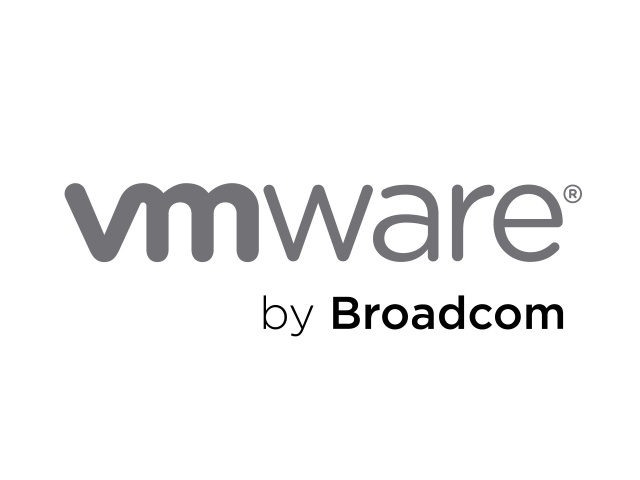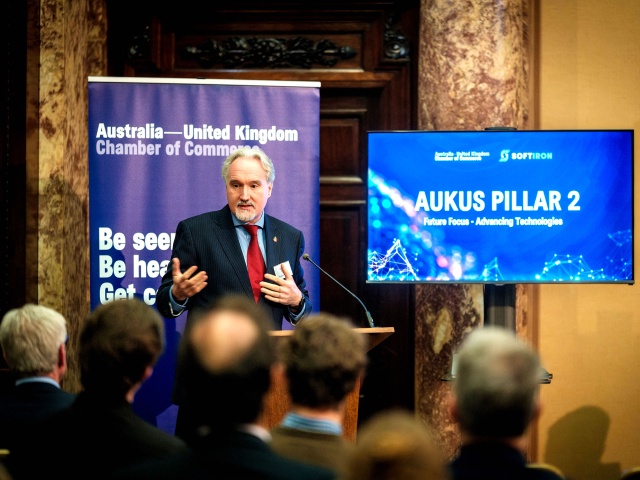Delivering strategic advantage while charting a post-acquisition migration path to the “new normal”. A cloud-native future.
Inflection points in IT come along every decade or so. I joined the industry as PC networking exploded for example, which transformed the way computing and storage were delivered and consumed in almost every industry (and ultimately every home and pocket) around the globe. Although technically around since the ’60s, broadscale adoption of virtualisation was another such inflection point when it started to gain mass adoption through the late ’90s and early 2000s, with no greater exponent of the technology than undisputed market leader VMware.
A quarter of a century later, virtualisation as a technology is now less the “new normal” and more the “old normal”, becoming a ubiquitous basic element of almost all IT architectures.
But with the Broadcom acquisition now closed and the wide-reaching layoffs and restructuring starting to happen, another inflection point has been created. An inflection point that is causing many IT leaders to re-evaluate their strategic options and chart the right path for the future - one that may or may not include VMware. I get to talk to many industry analysts in my role and they all tell me the same thing - everyone is looking for a credible alternative to VMware as their license renewals come due.
And for those not willing or able to migrate all their workloads to the public cloud, their options are severely limited.
Why switch from using VMware?
Cost
You’d be hard-pressed to find a VMware customer who is happy with the cost of their VMware software licensing. And with a ~$61Bn acquisition to pay for, prior form in that regard, and significant earnings promises being made to investors in an already saturated market, VMware customers are increasingly anxious that those licensing bills are only going one-way post-acquisition as Broadcom leadership exerts its authority.
Compounding the issue for many is the sheer number of different licenses required in order to deliver the more “cloud-like” capabilities that are now demanded on-prem. As we talk about in other posts, most customers are now trying to architect their own private infrastructure for the cloud-native reality of the future - wherever applications ultimately reside.
Architecting this using VMware software needs anything up to ten or eleven different, individually licensed products - and that gets incredibly pricey.
Complexity
When a single product needs a nineteen-page whitepaper just to provide an “overview” of the pricing and configuration options available to you, you just know you have a problem.
Compound that across the multiple VMware products required in order to build (or at least approximate) a private cloud and not only do you have an infrastructure that is complicated to buy, you have an infrastructure that’s incredibly complicated to integrate and own - without even considering the hardware to run it, or the considerable CPUs and memory that must be dedicated to run the management and administration layers before even delivering any service.
When the future (for many even, the present) is cloud-native, why deal with all of the complexity associated with this legacy approach when the end goal is already defined and can be built from cloud-native infrastructure, ground up?
Escape from Technical Debt
We all know it. Over time IT becomes peppered with technical debt, with temporary solutions that became permanent, of infrastructure unpatched, of hardware that’s end of life and unsupported, yet still is key to operating the business. The list goes on. In fact, a recent study by DXC Leading Edge revealed 99% of executives place technical debt on their corporate risk register, with 46% closely linking it impeding their ability to pursue digital initiatives.
So, how do you get out from under all of that debt to embrace the new normal of “cloud native”?
Cloud-native future
The transition has happened at the application layer. If you’re building a new app. Today you’re going to build it using cloud-native tools and techniques - regardless of where it will eventually run. Evaluating a move away from VMware therefore doesn’t just have to be about maintaining the status quo.
It actually represents a fantastic opportunity to consider more than just replacing basic virtualised infrastructure with cheaper software from a less risky source. It represents an opportunity to lay the best foundation for a cloud-native future that is more agile, elastic, cost-efficient and secure across the board. One able to replicate all that’s good about public cloud experience - that “top down” consumption experience of underlying infrastructure - but wherever you need to deploy it, and without any reliance on a hyperscaler.
For the very practical reasons we talk about here, private infrastructure is not forecast to go away any time soon, indeed some pundits now expect accelerated growth in private clouds, as cost and privacy concerns around AI drive many to look to deploy on-prem. IT architectures to support such workloads.
That “bottom-up” approach of trying to integrate enough layers of IT to replicate a cloud on prem. can be consigned to the history books.
Growth at the edge
And, as these cloud-native application architectures become the norm, the need to run these applications in greater numbers in “edge” environments i.e. distant from skilled engineers, and in places where public cloud connectivity is patchy or simply non-existent, will become commonplace. Reliability and resilience become paramount. Hardware and software support and lifecycle management meld into one, often delivered by IT generalists or “Intelligent hands” provided by co-location facilities.
It’s exactly these kinds of situations that legacy VMware-based architectures struggle the most, with individual servers painstakingly configured and built by experts with the expectation that they would never be far from the support resources of a large data center. VMware-based systems, by their very nature, rely on manual intervention to stay running, with updates and maintenance often requiring a physical presence on-site to rescue failed procedures. Hardware lifecycle management and support become a separated and individual process entirely.
The legacy ways of building these kinds of architectures represented by the VMware software stack and the hardware on which it traditionally sits just won’t cut it in a fully cloud-native world.
HyperCloud - The strategic choice
HyperCloud represents a “get out of jail” card from the cost and complexity of VMware and the associated bottom up integration of compute, network, and storage required to build, run, and secure a legacy Frankencloud.
All the key capabilities that are delivered by those ten layers of VMware products are captured and delivered within HyperCloud natively. But more than that, HyperCloud provides, for the first time outside the proprietary world of the hyperscalers, the cloud-native infrastructure required to deliver it.
Of course, you can “lift and shift’’ your existing virtualised workloads running on VMware. We even provide migration tools to assist with that. But HyperCloud also does so much more. It provides that single efficient platform to develop and consolidate your existing and future workloads too. It transforms the experience of deploying and running IT infrastructure whenever and wherever you need it to - be it your data centre or co-lo, at the edge, or at the core of your network.
And because all the complexity is abstracted away and handled by the technology, you make further operational savings on keeping your infrastructure up and running, enabling you to redeploy your most senior engineers to other higher-value projects for the business. With a smaller attack surface and a single patch to remediate every CVE in your infrastructure, you’ll be more secure too.
Any migration strategy from VMware of course should save you money on OpEx. and capex. - but it has the opportunity to deliver significant strategic advantage too. It can uplift your on-prem.
Infrastructure to behave as a true private cloud, able to support the distributed multi-cloud world that is in all of our futures.
Contact us now. Let us help you make that next big shift in the IT you choose to own.





